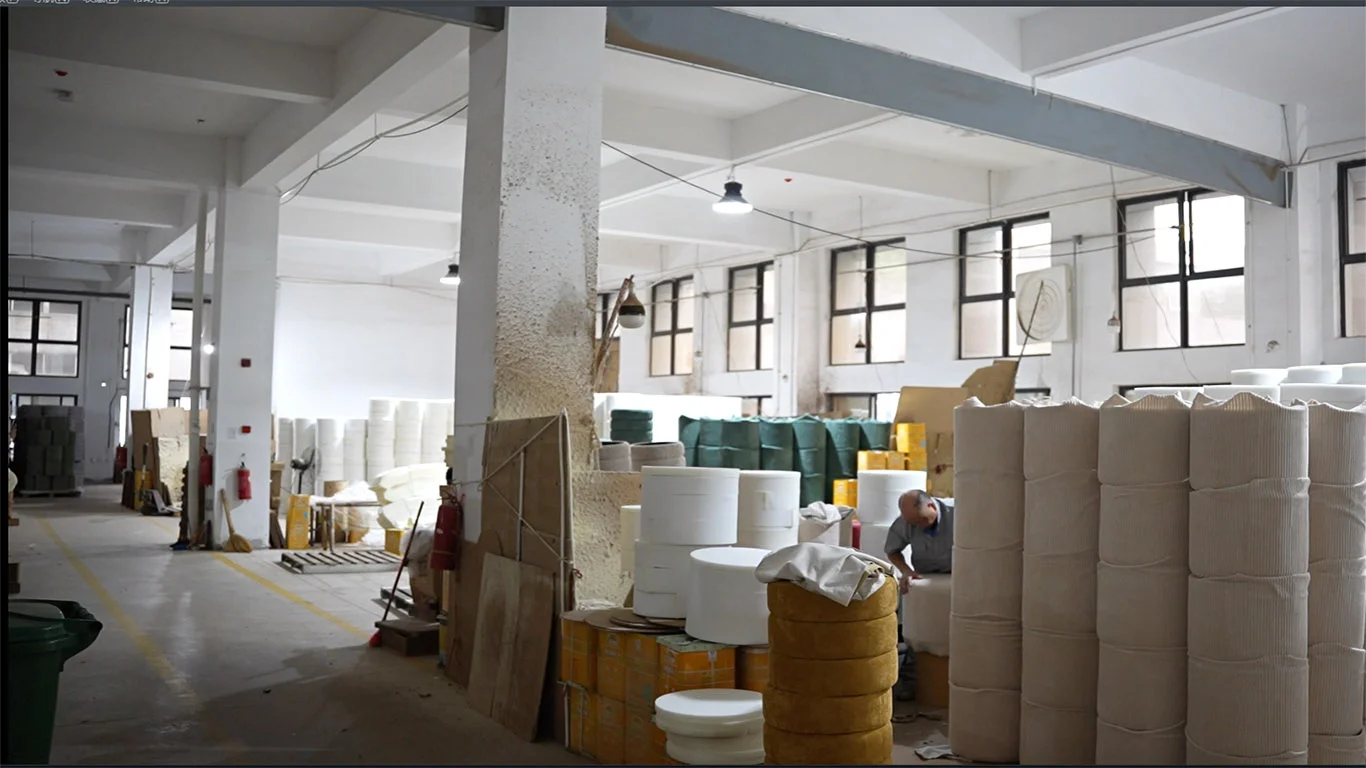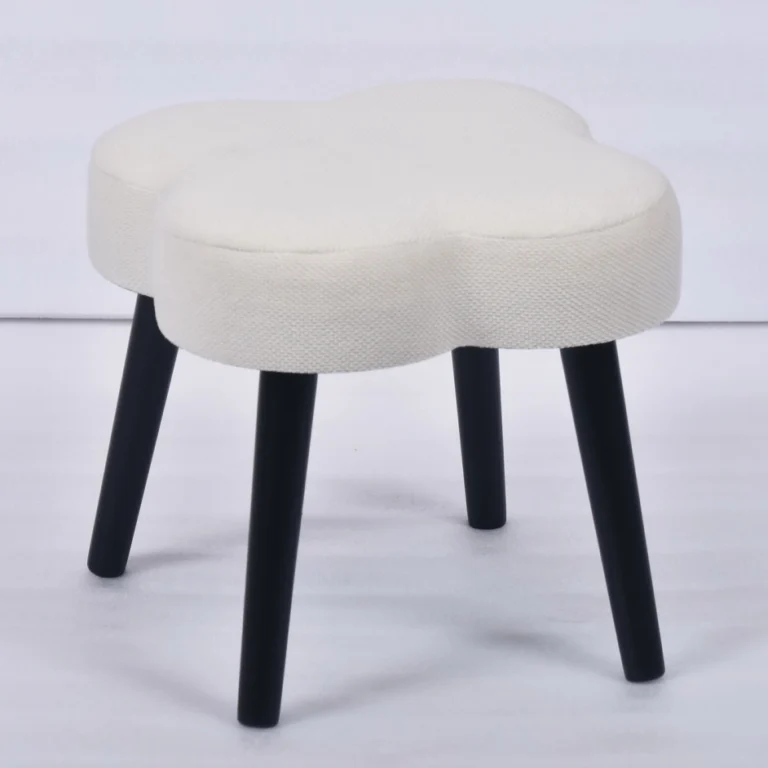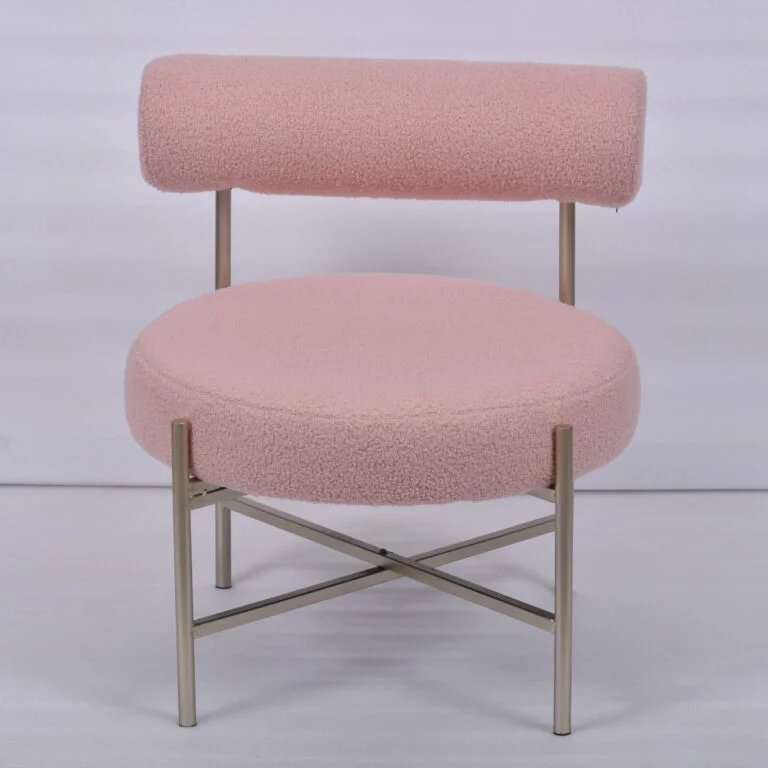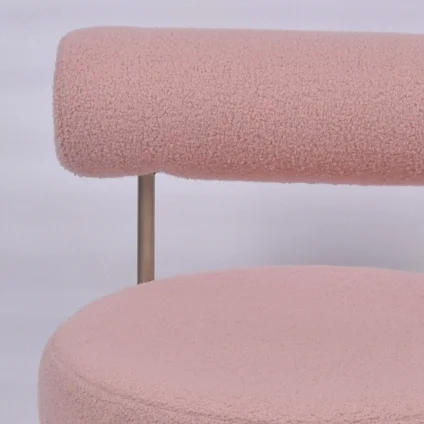The Cipher of Time: Teruier Furniturer’s Ottoman Cabinet, A Storage Ode Across Civilizations
The Cipher of Time: Teruier Furniturer’s Ottoman Cabinet, A Storage Ode Across Civilizations
The slanting sunlight of Istanbul filters through stained glass, casting dappled shadows on the Caen stone-grained wood. A craftsman’s fingers trace the walnut carvings of vine scrolls—descending tendrils from the dome of Hagia Sophia, yet echoing the curves of wrought-iron balconies along Paris’s Left Bank. At the heart of the workshop stands Teruier Furniturer’s Ottoman Cabinet, a miniature imperial palace that holds six centuries of Eurasian breath within its compact form.
I. Form & Soul: A Contemporary Translation of Neo-Ottomanism
The cabinet’s frame inherits the arched structure of Byzantine architecture, its mortise-and-tenon joints interlacing like the colonnades of Istanbul’s Basilica Cistern. Gilded bronze accents nestle into the dark wood, evoking the twilight silhouettes of Haussmannian balconies in Paris. Eschewing ornate embellishments, the designers layer the surface with the warm, textured hues of Caen stone, allowing the stone’s weathered grit to converse with the wood’s warmth—a gradient dialogue mirroring the “ochre narrative” of war-reborn cities, where old and new meld to retell the resilience of civilization.
II. Function: A Silent Vessel of Nomadic Spirit
Lift the hand-stitched leather-upholstered lid to reveal a triad of secrets:
-
The First Layer: A velvet-lined compartment for vials of Damascene rose oil and Persian poetry manuscripts, where fragrance lingers like the swirling skirts of Sufi dancers.
-
The Second Layer: Adjustable sandalwood shelves, accommodating everything from Turkish copper coffee pots to Venetian crystal glasses—a truce between Eastern and Western vessels.
-
The Third Layer: A climate-controlled cedar vault, borrowing the wisdom of Mediterranean castle cellars to preserve the humidity for cigars and parchment.
It is both a treasure chest for Bedouin tents and a contemplative nook in Versailles boudoirs.
III. Dwelling: A Spiritual Enclave in Space
Wherever this cabinet awakens, it cultivates an aura of its own:
-
In a Parisian Left Bank study, standing beside a Rococo desk, its surface reflecting the embers of Sartre’s pipe.
-
In a Dubai desert courtyard, leaning against a perforated star-and-moon screen, exhaling oud’s incense into the night breeze.
-
In a New York penthouse, its hand-hammered brass trim infusing a steel-framed minimalist space with the warmth of antiquity.
Teruier’s Civilizational Metaphor
“We do not craft furniture; we forge touchable epics.” The founder of Teruier Furniturer sees the fall of the Ottoman Empire as a revelation: true eternity lies not in territory, but in the rebirth of cultural DNA. When fingertips brush against the cabinet’s crescent-and-fleur-de-lis emblem—a brand motif chiseled with Damascene steel—it becomes both an elegy for a lost empire and a microcosmic sanctuary for dialogue in a fractured world.







